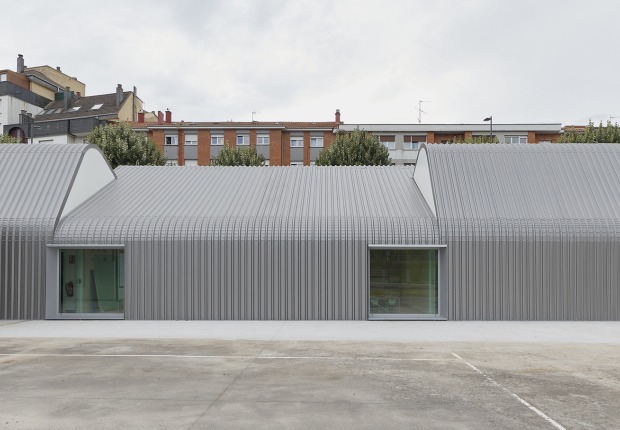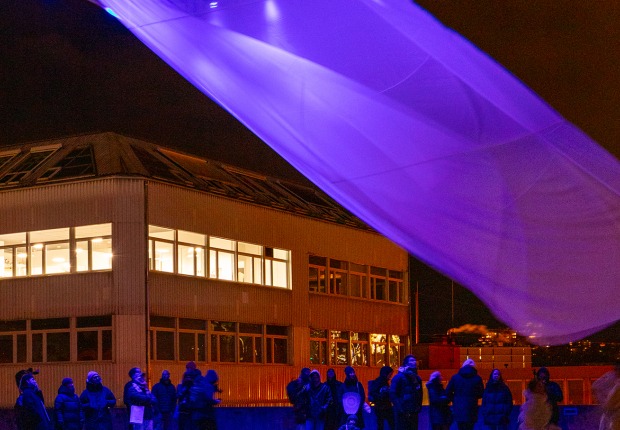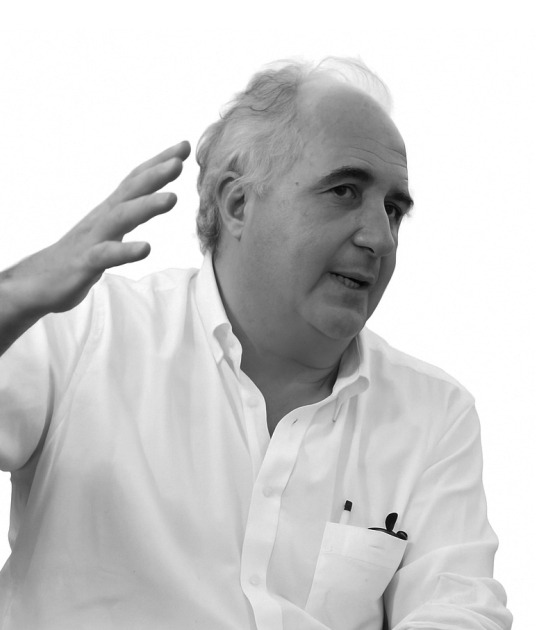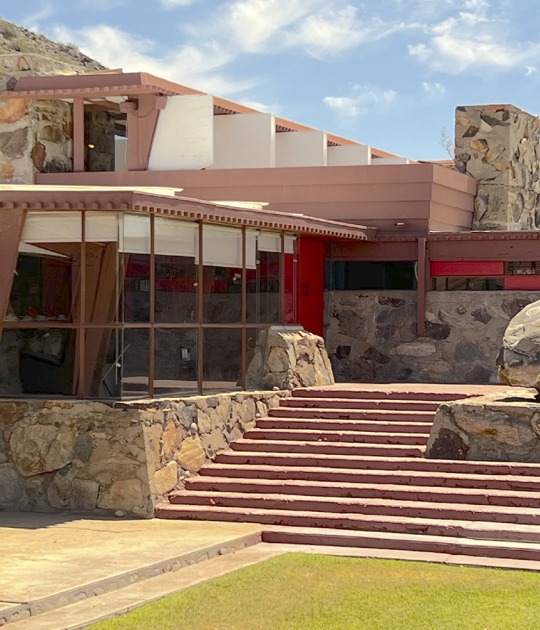The reconstruction of European cities after the II World War resulted in large and monotonous collective settlements without any particular identity and all these neighbourhoods became inefficient to the inhabitants necessities. Supports Theory, developed by N. John Habraken and the Foundation for Architects Research (SAR with Dutch initials) was an alternative to the repetition of classic housing typologies and the beginning of the strategies for the integration of users in the process of building and transformation of their own homes. This new approach was a turning point for architects about how to deal with the combination of inhabitants within housing projects and introduced a new prototype of domesticity.
This chapter offers a description about Supports Theory and the interpretation by two Dutch architectural firms: Herman Herzberger with Diagoon Houses and MVRDV with Silodam.
Habraken, graduated as architect from Delft University in 1955, was the Director of SAR between 1965 and 1975. In 1972, he published the book: Supports: an Alternate to Mass Housing that was a summary of the studies developed by the group about collective housing. Supports started from two common realities produced in The Netherlands at that moment: the increasing use of industrialized and standardized building systems, and the deep-rooted urban tradition of Holland, that provoked collaborations between their citizens to carry out civil engineering projects. Habraken based the development of housing system from two single concepts: the individual and the community. They depended on each other, although could maintain a specific degree of freedom.
The elements associated to the individual were named Separable Units: They had to be adjustable without the necessity of a technician in order to let users transform their houses by themselves. Meanwhile, Supports were the elements associated to the community and users had no control over them. Its success depended on having a high grade of complexity to provide tenants enough space possibilities with the minimum amount of separable units.
1967-1970. DIAGOON HOUSING - HERMAN HERTZBERGER
At the same time SAR was working on Supports, Hertzberger designed the first built Project about adaptable housing. Graduated from the University of Delft in 1958, he collaborated between 1959 and 1963 with Dutch members of Team X in the elaboration of the Magazine Forum and is considered one of the disciples of Aldo Van Eyck. Herztberger worked with the concepts of spatial modularity and residential participation within his projects.
Diagoon Housing is a residential project, built in Delft between 1967 and 1970 and its main feature is the undefined condition. The dwellings were delivered to the users in an incomplete state in order to let users finish by them according to the kind of housings they wanted to live in. Each house had two small fixed cores (stairs and wet rooms) and two half-storey rooms per floor without any specific use. These rooms can be occupied with different purposes (bedroom, living room, garage, etc) as well as being divided off to create a small interior balcony. The houses are built with prefabricated concrete blocks, leaving some opening that can be filled in by occupants with either glass or closed panels. The interior divisions are not fixed and can be easily modified depending on the desires of the owners.
Meanwhile Habraken was proposing a typological pragmatism with the free distribution of the plans, Hertzberger was a step ahead when he included the spatial depth throughout the free section. On the contrary, the construction of a real prototype significantly reduced the number of different possibilities for the spaces. Besides, Hertzberger rejected the sophisticated approach of Habraken, proposing a free interpretation of the interior divisions for the rooms. He defined this system as a Framework: the architect provided a basic structure and the tenants could occupy it according to their preferences.
1995-2002. SILODAM - MVRDV
With a few exceptions, Supports theory has not been totally explored and evolved in the Netherlands. However, three decades later, MVRDV used a similar starting point to develop the housing project of Silodam (Amsterdam). The building has 157 apartments with the dimensions of 20 meters width and 10 floors height. This building is one of most evident projects of MVRDV about how to convert data into images. At the same time, it provides us a model about how to standardize multiple possibilities into a catalogue of permanent options.
Silodam brings the classic typologies of Amsterdam together in order to create 20 different types of housing within a simple shape. These dwellings vary on their dimensions, position inside the building, proportion between height and depth as well as the number of chambers and its single or double height. This differentiation is shown in the façade with the use of different cladding materials.
The building of MVRDV and the previous examples use the diagram as their main working tool and the approach towards domesticity is based in an abstract strategy instead of using a formal language. Moreover, these three projects show a transition from the completely freedom of the users to modify their homes (Supports of Habraken) to a fix selection within a catalogue depending on the desires and necessities of the tenants (Silodam of MVRDV). While Habraken was able to understand the transformation of the ideology from the Fordism or mass production system of the Modern Movement towards an individualism of the society that started to appear after the II World War; MVRDV, completely integrated in the Postmodernism, translated the community into a dataset and its subsequent diagram, this perspective shows the formal representation of the urban diversity.
NOTES.-
- Habraken N. J. Supports: an Alternate to Mass Housing, Gustavo Gili (1972)
- Hertzberger H. Herman Hertzberger, A+U (1991)
- Frampton K. Modern Architecture: A Critical History, Gustavo Gili (2009)
- MVRDV MVRDV, El Croquis (2002)
- Betsky A Towards the Two Millimeter Icon: MVRDV Assembles, El Croquis (2014)
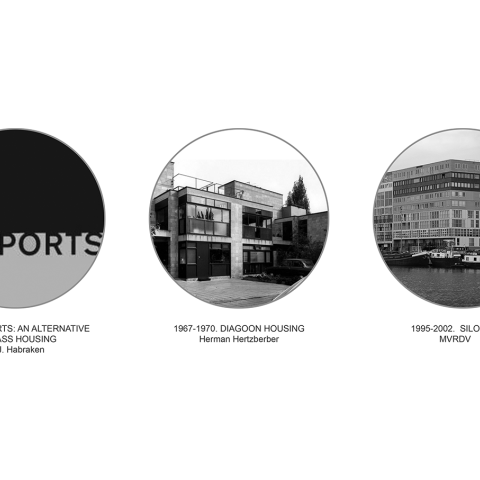













![[2] Domesticity in the Netherlands: from the modern movement to the present by Alberto Martínez García [2] Domesticity in the Netherlands: from the modern movement to the present by Alberto Martínez García](/sites/default/files/styles/mopis_news_carousel_item_desktop/public/metalocus-domesticidad-diagon_15_1280.png?itok=li863f-5)
